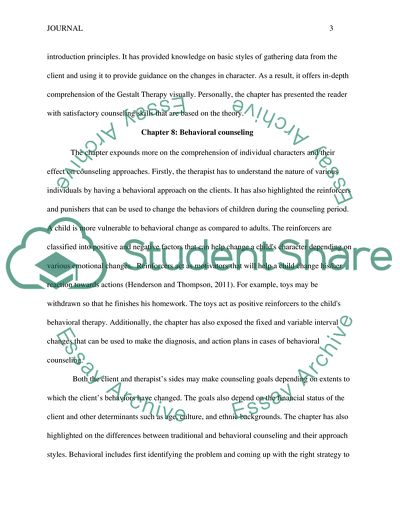Cite this document
(Gestalt Therapy at Counseling Children Book Report/Review, n.d.)
Gestalt Therapy at Counseling Children Book Report/Review. Retrieved from https://studentshare.org/psychology/1840145-journal
Gestalt Therapy at Counseling Children Book Report/Review. Retrieved from https://studentshare.org/psychology/1840145-journal
(Gestalt Therapy at Counseling Children Book Report/Review)
Gestalt Therapy at Counseling Children Book Report/Review. https://studentshare.org/psychology/1840145-journal.
Gestalt Therapy at Counseling Children Book Report/Review. https://studentshare.org/psychology/1840145-journal.
“Gestalt Therapy at Counseling Children Book Report/Review”, n.d. https://studentshare.org/psychology/1840145-journal.


